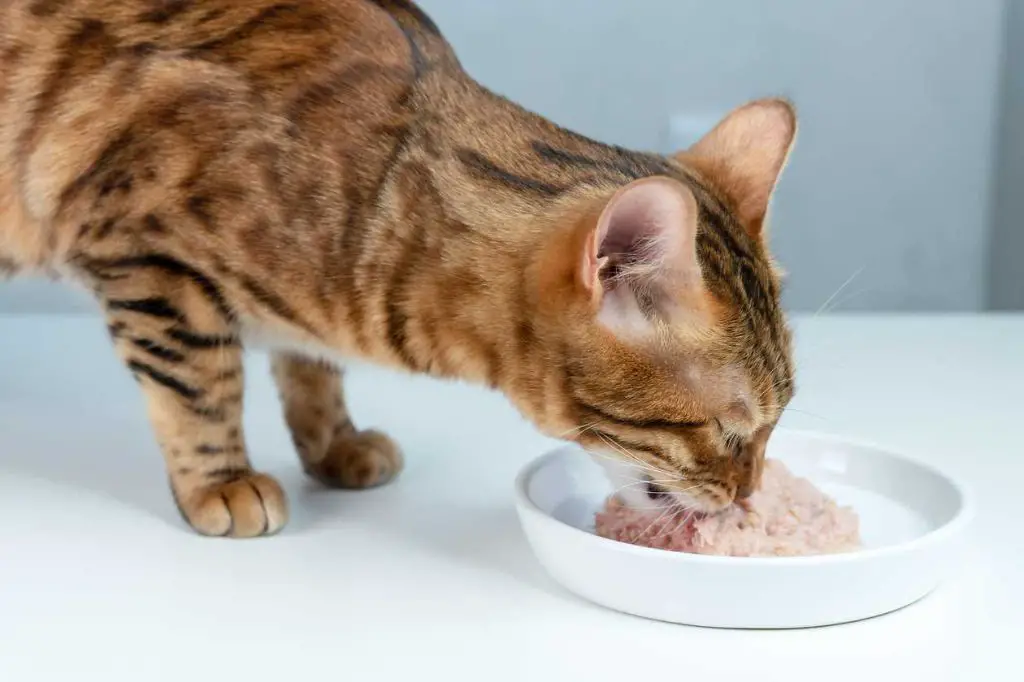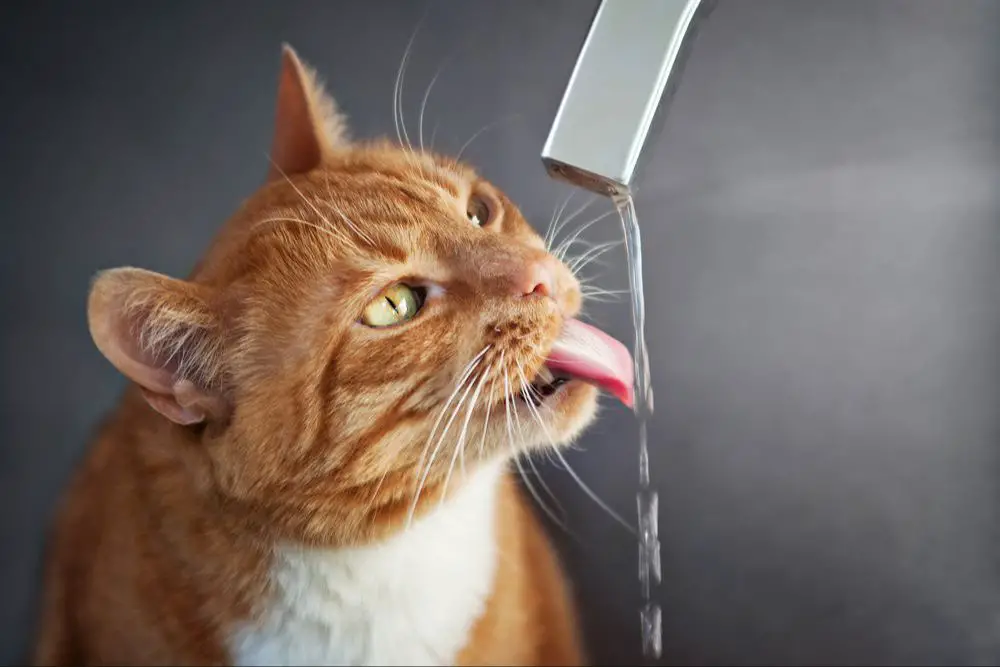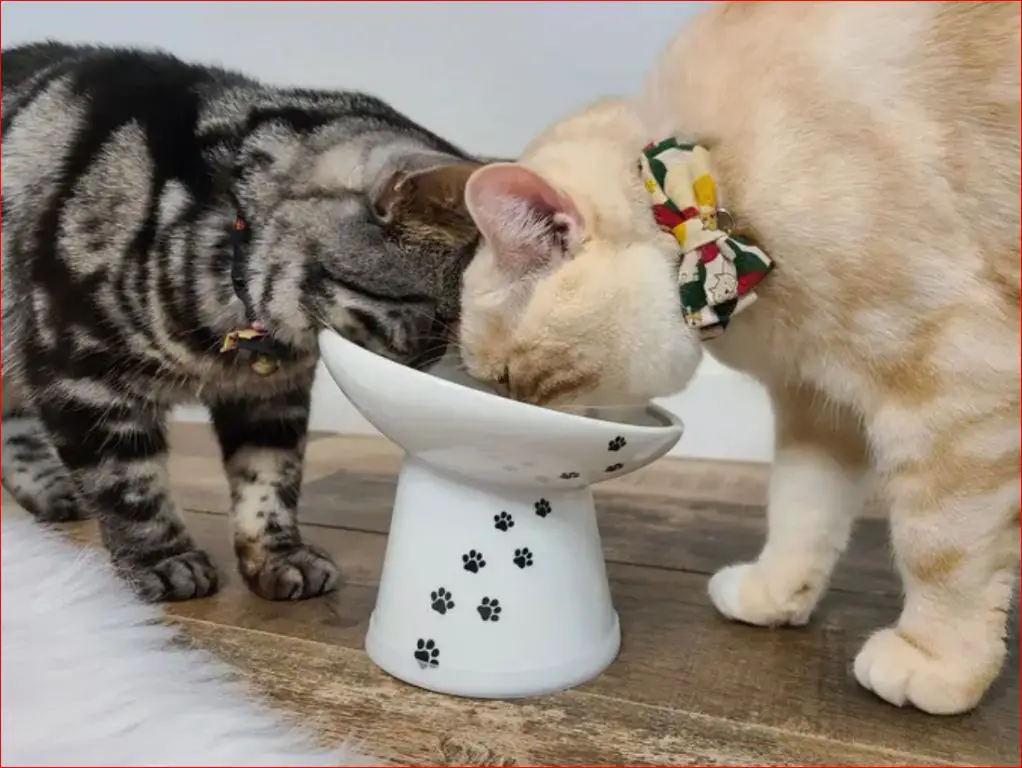Cats and dogs have very different nutritional needs. As carnivores, cats require a high protein, low carbohydrate diet that is rich in animal-based proteins and fats. Dogs, on the other hand, are omnivores and do best on a more balanced diet with moderate amounts of protein, fat, and carbohydrates from both plant and animal sources. Commercial pet foods are specifically formulated to meet the nutritional requirements of each species. Feeding the wrong diet can lead to nutrient deficiencies or excesses over time.
This is why cats should not eat food formulated for dogs. The nutrient profile is tailored for dogs and does not properly meet feline nutritional needs. Feeding dog food long-term can have detrimental health consequences for cats. In this article, we will explore the key differences between cat and dog foods and reasons why cats should stick to cat food.
Differences in Nutrient Requirements
Cats have very different nutritional needs than dogs due to being obligate carnivores. Unlike dogs, cats require much higher levels of certain key nutrients in their diet:
Protein – Cats require at least 30% protein in their diet, whereas adult dogs only require around 18% protein. Cats cannot synthesize certain essential amino acids like taurine, so they must obtain it from their food. Dogs can synthesize their own taurine if needed and do not require such high protein levels (Pet Food Institute).
Fat – Cats also need higher fat intake, around 20% minimum versus 5% minimum for dogs. The high protein and fat corresponds to the natural carnivorous diet of cats in the wild (Meow Mix).
Protein Content
Cats require significantly more protein in their diet compared to dogs. Cats are obligate carnivores, meaning they must eat meat to acquire certain essential amino acids not produced by their bodies. Dogs, on the other hand, are omnivores and can meet their nutritional needs with a mixture of plant and animal proteins.

According to Difference Between Dog and Cat Food, cat foods typically contain at least 26% protein, while many premium brands are over 40%. In contrast, most dog foods range from 18-25% protein.
Wet dog foods tend to be on the lower end for protein content. As reported by What Is the Difference Between Dog and Cat Food?, canned dog foods average around 6-10% protein. Meanwhile, canned cat foods contain a minimum of 8% protein and most are 10-12%.
Feeding a cat wet dog food over time can result in protein deficiency. Cats need ample protein from meat sources to thrive. The lower protein levels in wet dog foods are insufficient to meet a cat’s high protein requirements.
Fat Content
Cats require a higher fat content in their diet than dogs. Cats are obligate carnivores and their diet should consist of about 30-40% fat, whereas dogs only need around 20% fat in their diet as omnivores (1). Cat food contains around 9-15% fat on a dry matter basis, while dog food contains 5-8% (2).
The higher fat content helps cats meet their higher energy requirements. Cats also have a higher physical activity level compared to dogs – especially active outdoor cats. The added fat supports feline metabolism and provides a concentrated source of energy. Dogs, on the other hand, can meet their energy needs with lower fat and more carbohydrates (3).
Feeding a dog food that is too high in fat long-term could lead to obesity, pancreatitis, and other health issues in dogs. Cats fed dog food with inadequate fat can experience weight loss, lethargy, and a dull coat over time.
Vitamins and Minerals
Cats and dogs have different vitamin and mineral requirements. According to the article Difference Between Dog and Cat Food, cat food tends to contain higher levels of vitamins and minerals compared to dog food. This is because cats need more vitamins and minerals in their diet than dogs do.
Specifically, cats require higher levels of certain vitamins like vitamin A, B vitamins, and taurine. Taurine is an essential amino acid for cats that supports heart and eye health. Dogs can synthesize their own taurine, but cats cannot and require it in their food. Cats also need more vitamin A for vision and more B vitamins for metabolism compared to dogs.
In terms of minerals, according to a study published in Scientific Reports titled Mineral analysis of complete dog and cat foods in the UK, cat foods were found to have higher levels of minerals like calcium, phosphorus, sodium, potassium, and chloride compared to dog foods. These minerals are important for bone health, fluid balance, nerve transmission, and acid-base balance in cats.
Overall, the vitamin and mineral content in cat food is specially formulated to meet the higher micronutrient needs of cats compared to dogs. Feeding a cat dog food long-term could lead to nutritional deficiencies.
Moisture Content
Cats have a naturally low thirst drive compared to dogs, so they require a diet higher in moisture to prevent dehydration and urinary tract problems. Dry kibble does not provide enough moisture for cats. According to Difference Between Dog and Cat Food, cat food tends to have much higher moisture content than dog food.

Wet cat foods typically contain around 75-85% moisture, while dry kibble only has around 10% moisture. Canned dog food has around 68-78% moisture. This is still lower than canned cat food. Feeding cats a diet solely of dry kibble can lead to chronic dehydration over time.
Cats have a low thirst drive and often do not drink enough water on their own to make up for the lack of moisture in dry food. Having high moisture content in their diet is crucial for urinary tract health. Dog food, whether wet or dry, does not provide the high moisture levels cats require.
Digestibility
Cats require highly digestible ingredients due to their shorter and simpler digestive tracts compared to dogs.
One study found that cats have significantly higher protein digestibility compared to dogs. Cats digested approximately 93% of protein in both dry and wet cat foods, while dogs only digested around 87% of protein from dry dog food and 90% from wet dog food (source).
The shorter digestive tract of cats means food passes through more quickly, so ingredients must be highly digestible in order to be absorbed. Cat foods are formulated with animal proteins and fats that are easy for cats to break down and utilize. Dogs, on the other hand, have longer digestive tracts allowing them more time to absorb nutrients from plant materials like grains and fibers.
Feeding dog food with less digestible plant ingredients to cats could result in nutritional deficiencies over time. Cats thrive on the highly digestible meat-based formulations tailored for feline digestion.
Palatability
Cats have more specialized taste preferences than dogs, requiring cat food to be carefully formulated for feline palatability. Unlike dogs, cats are obligate carnivores with a strong attraction to animal-based proteins and fats rather than carbohydrates [1]. Studies show cats have around 473 functional taste receptor genes compared to dogs with only 321, allowing for more acute taste discrimination in cats [2].

Cat food palatants, which are flavor enhancers added to increase taste appeal, must have the right balance of amino acids, nucleotides, and fats to match feline preferences. Palatability testing of cat foods focuses on aroma, flavor, texture, and aftertaste. Cats often reject food with even slight formulation changes, so maintaining consistent palatability is critical for commercial cat foods.
Contaminants
One potential issue with feeding wet dog food to cats is that dog foods may contain fillers that are not suitable for feline diets. Fillers like corn, wheat, and soy are commonly used in many dog foods. However, cats are obligate carnivores and do not properly digest plant-based ingredients like dogs can (https://nutritionrvn.com/2021/03/23/fillers-in-pet-food-and-why-they-arent-a-thing/). Cats have a higher protein requirement and need animal-sourced nutrients. Fillers like grains do not provide complete nutrition for cats and can potentially cause gastrointestinal issues if consumed regularly (https://www.calvinandsusie.com/single-post/2013/10/04/what-is-filler-in-pet-food). While these fillers are nutritionally appropriate for dogs, they can be problematic for cats over time. It’s important to feed cats a high protein diet without plant-based fillers.

Conclusion
In conclusion, cats and dogs have very different nutritional needs. Cats are obligate carnivores and require a high protein, low carbohydrate diet with specific ratios of amino acids, vitamins, and minerals. Dogs are omnivores and can digest a wider variety of ingredients. Wet dog food contains much higher levels of carbohydrates and plant materials that are difficult for cats to digest. It also lacks the right balance of nutrients like taurine that cats require. Feeding a cat dog food can lead to malnutrition, weight gain, diabetes, heart disease, and other serious health issues over time. For these reasons, it is crucial to only feed your cat a diet specifically formulated to meet feline nutritional requirements. Cat foods take into account your cat’s unique biology and life stage to promote good health and longevity.

